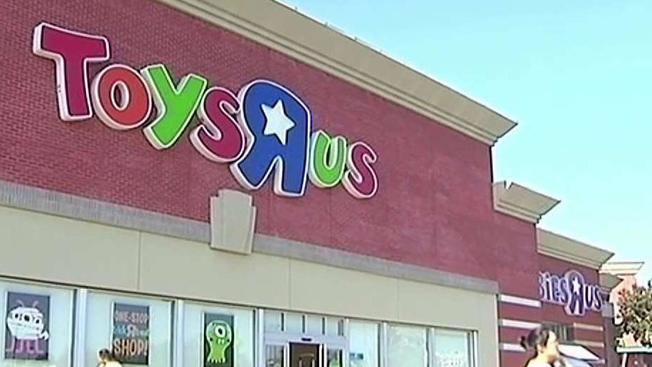IRVINE, CA—A total of 96% of US county residential real estate markets are better off than they were at the height of the foreclosure crisis four years ago, according to a report from RealtyTrac. The firm analyzed four different key categories of housing-market health in 410 US counties to make this determination: home price appreciation, affordability, percentage of bank-owned sales and the unemployment rate. The categories were studied in two-year increments over the past eight years.
The study also revealed that 80% of the markets studied are better off now than they were in 2012 when median home prices hit bottom, and 30% are better off than they were in 2008 at the front-end of the Great Recession, but only 8% of these markets are better off than they were in 2006 before the price bubble burst, indicating that recovery is not yet complete in most markets.
According to Daren Blomquist, VP of RealtyTrac, “The housing recovery has taken root in hundreds of counties across the country, and almost all local housing markets are better off than they were four years ago when foreclosure activity peaked in 2010, with more than 1 million homes lost to foreclosure in that year along. We saw less than half that number of bank repossessions in 2013. Even in hard-hit markets like Stockton, Las Vegas and Lansing, MI, where REO sales represented more than half f all sales in 2010, the percentage of REO sales has been cut at least in half.”
Blomquist adds that home prices in three-fourths of the counties analyzed are still below 2006 levels, but low inventory has helped home prices accelerate past pre-recession levels in some markets like Seattle, San Francisco, Denver and Oklahoma City. “Those rapid home price gains are causing a concerning drop in affordability rates in some cities, but homebuilders and homeowners with regained equity should help provide more supply to balance out many of those markets in 2014.”
Craig King, COO of Chase International, which covers the Reno and Lake Tahoe markets, reports that foreclosure/REO business has dramatically decreased since the peak of the crisis in 2010 and is pretty much non-existent in the Lake Tahoe and Reno markets. “Housing inventory is nowhere near the levels of inventory we saw in 2006 before the foreclosure crisis began because there just isn't very much listing inventory for buyers in the market right now, but I think we can expect a much stronger spring market.”
As for the Denver housing market, Chad Ochsner, owner/broker of RE/MAX Alliance, which covers that market, says that it is healthy and strong. “However, our historically low inventory is keeping the market from returning back to the normal levels of 2006 before the recession hit. Denver and Colorado have come out of the foreclosure crisis for the most part. Colorado was one of the first states to go into the recession and, following suit, we are one of the first ones to come out.”
RealtyTrac's interactive heat map charts the fall and rise of the housing market, county-by county, over the last eight years. See the change in the housing-market health index every two years from 2006 to 2014 via a dropdown in the heat map.
As GlobeSt.com reported last week, the construction sector of the housing market looks to be improving. The average job cost per building permit for residential properties increased in 2013 compared to 2012 in 10 out of the 13 US metros analyzed in a new study from RealtyTrac. The average annual change was a 31% increase, but Los Angeles experienced a 42% rise.
© 2025 ALM Global, LLC, All Rights Reserved. Request academic re-use from www.copyright.com. All other uses, submit a request to [email protected]. For more information visit Asset & Logo Licensing.







